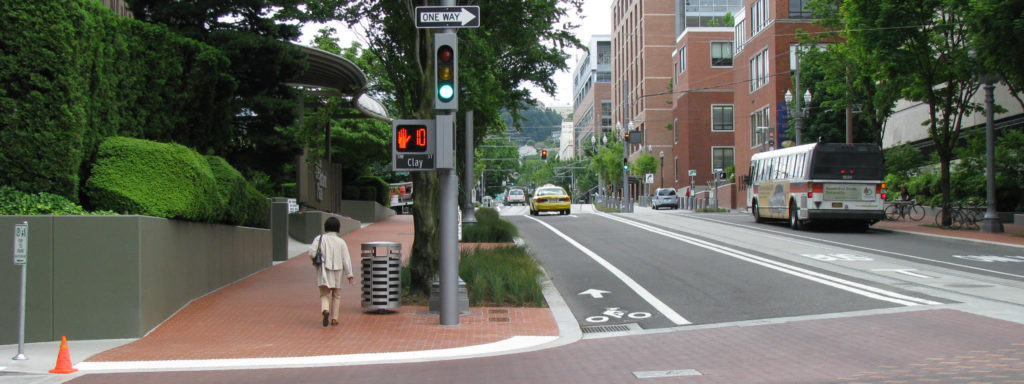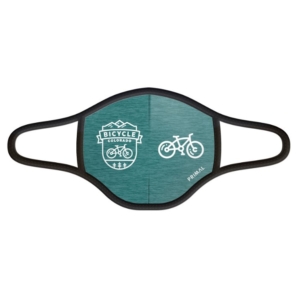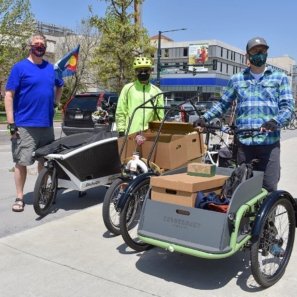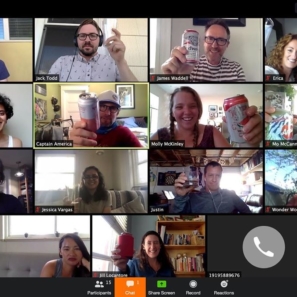Why shouldn’t streets be complete?

Complete what?
Back in 2006, in California, I was in my boss’s office talking about a large-scale redevelopment project we were working on. In the midst of discussing some innovative street designs the applicant was proposing, my boss asked me if I was familiar with the concept of “complete streets.”
It was a bit of a deer in the headlights moment. I had heard the term but was still very green. He started giving me the basics and I was instantly intrigued. Streets intentionally designed to accommodate varying modes and abilities! I wanted to know more. It was a bit of a personal and professional tipping point.
Eight years later
Now, complete streets seems to be a household phrase in the realm of transportation planning. At staff meetings here at Bicycle Colorado, at networking events, at conferences and in trade journals, the term and its evolving applications seem to be everywhere. Is it a new era in transportation planning and facility design? That is open to debate, of course, but you can’t deny this:
- In 2004, there were just 31 complete streets policies on the books throughout the U.S.,
- As of now, 712 jurisdictions in the U.S. have adopted complete streets policies, and
- In 2014 alone, more than 70 jurisdictions throughout the U.S. adopted these policies.
Want to wonk out on some of the best and brightest? Check out The Best Complete Streets Policies of 2014, released in February 2015.
So why complete a street?
Despite the unquestionable momentum, the ‘why’ question still rears its head on a somewhat regular basis. Not as often as it used to, but it surfaces nonetheless. Ever heard these?
- Why add bike lanes on roads? Roads should be for cars and trucks.
- Why are we investing in these bicycle and pedestrian improvements when we don’t know the return on investment?
- Why should we add these facilities when nobody currently walks or bikes on this particular street?
- Why are we paying for these facilities? Bicyclists don’t pay their fair share.
You and I know that these questions are based on incorrect assumptions, and we’ve talked a little bit in this blog about how to address these (see Serenity now! and What are roads for?), so let’s flip that question around.
Why not?
Like the “why,” the “why not” here is open to ongoing debate. For now, a few thoughts for when you get peppered by the guy you just met at a dinner party. Complete streets allow us to have:
- Options—Not everyone can afford or wants to get around by privately owned motor vehicle, and roads are paid for through a variety of funding streams including sales tax, income tax and, of course, the gas tax. Our transportation system should therefore strive to meet the mobility choices of ALL those who pay for it, not just some.
- Better safety—In many instances, complete streets better delineate the safest places for people in motor vehicles, on foot and on bikes to be and provide better ways for people to interact at intersections. This improves safety by reducing the potential for confusion and conflict.
- Better air quality—In any community, a high percentage of trips are on the shorter side (two miles or less), yet most people drive for those trips, partly because of inadequate infrastructure. Imagine the global (yes, global) air quality benefits if more of these trips could be shifted to biking, walking or transit trips through the infusion of more complete streets.
If you want to keep peeling this onion, check out the 2014 report referenced above. It’s a good one! And please add to the conversation by sharing your thoughts in the comments.
Leave A COMMENT
Our twitter feed is unavailable right now.
The Latest News
view all- Mar 22, 2024
- by Bicycle Colorado
Why Colorado Should Pass SB24-065 To Reduce Distracted Driving
- Advocacy Issues,
- Bicycling in Colorado,
- Bike Law,
- Get Involved,
- Laws & Funding
- No Comments








